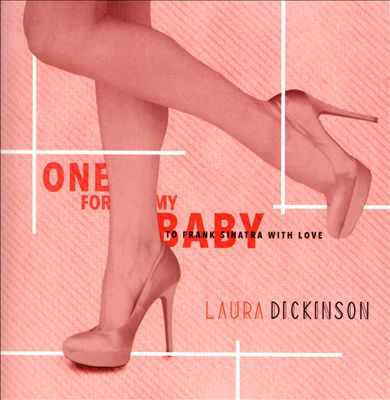
“I remember listening to every consonant, every breath, every nuance in his controlled vibrato, the way he held notes and shaped words and connected phrases where any other singer would breathe, the acting that came through his lyrics… I couldn’t get enough. I learned the notes, the words, the details, and began my self-Sinatra-training.”
She calls him “the true definition of the word vocalist.” And who could argue? So, when Laura Dickinson set out to do a tribute album to Sinatra, she did it beyond mimicry, beyond imitation, she did it by applying what she had learned (and, by her admission, continues to learn) from Sinatra without ever losing herself along the way.
Conversely, what we find in “One for My Baby; to Frank Sinatra with Love” is Sinatra as a platform, a starting point, from which Dickinson launches herself and her interpretations.
The album opens with the James Van Heusen and Sammy Cahn song (arranged by James McMillen) “Come Fly with Me.” Nobody does Sammy Cahn like Frank Sinatra. Laura Dickinson’s soprano, as opposed to Sinatra’s tenor, truly gives the sense of taking off. The ascending intonation of “once I get you up there” portrays the real sense of lift-off.
Alan Steinberger’s piano accompaniment is excellent, as well as the straightforward approach of the orchestration.
“Learnin’ the Blues” (by Dolores Vicki Silvers) was a 1955 hit by Sinatra, arranged by Gordon Goodwin. Sinatra’s version is cashmere and diamonds while Dickinson is emeralds and lace—flips sides of the same coin. It would have been a perfect duet to have heard Sinatra and Dickinson do this song together.
“(Love Is) The Tender Trap” is another Van Heusen/Cahn composition but was arranged by McMillen based on Dickinson’s concept of a Nelson Riddle arrangement. This was from the 1955 movie, “The Tender Trap.”
It opens with the popping brass that continues throughout the piece. Dickinson’s delivery is quicker than Sinatra’s and the orchestra is certainly livelier than the original. The mixing and mastering are greatly improved if for no other reason than improvements in audio technology. All in all, Dickinson has created a brighter, lighter version of the song.
“Guess I’ll Hang My Tears Out to Dry” (Styne/Cahn) is arranged by pianist Alan Steinberger. Dicksinson’s control is incredible. The vocal portamento is gorgeously heart-breaking. Steinberger’s piano and the lush orchestration are indeed memorable. At this point in the album, I was truly hooked.
“You’re Getting to Be a Habit with Me” is a 1932 song by Harry Warren and Al Dubin in the film “42nd Street.” It was recorded by Sinatra in 1956. The easy high notes and the quick descents are delightful and do what only the female voice can do. In effect, her lightness and range make her the female Sinatra. Forget about comparing her with other female vocalists—Dickinson stands her own ground.
“Here’s to The Losers” (Robert Wells/Jack Segal) is arranged by the great Marty Paich and is the swinging reinterpretation of the Gospels’ statement that “the last shall be first.” Again, Dickinson version is up-tempo and is more of a celebration than a consolation as in Sinatra’s version.
“Indian Summer” was composed by Victor Herbert in 1919 and was originally titled “An American Idyll.” In 1939, Al Dubin wrote the lyrics and the song became known by its present title. Sinatra recorded it with Tommy Dorsey’s orchestra a year later. It is a true standard.
Dickinson’s warm, and sometimes melancholy, delivery is just stunning. Her diction is crystal and her pacing is spot on.
“You Go to My Head” was composed by J. Fred Coots in 1938 but was not recorded by Sinatra until 1946. The present arrangement by Alan Steinberger is much Jazzier with Neil Stubenhaus’ electric bass and muted trumpets. Ray Brinkler on drums works the cool swing with the bass.
Above it all, Dickinson’s vocals soar, sounding as much like Sarah Vaughan’s version as Sinatra’s. Dickinson is intoxicating.
“How About You?” is delightful. Hearing a young vocalist intone the names of Gershwin and Garbo may sound anachronistic but she deliberately balances that by naming Seth MacFarlane later. Charming. Absolutely charming.
“The Best Is Yet to Come” is a 1959 piece by Cy Coleman and recorded by Sinatra in 1964 with Count Basie under the direction of Quincy Jones.
The song was originally written for Tony Bennett but who could fail to remember anything done by Sinatra, Basie and Quincy? This is the one track of the album when Dickinson sticks closest to Sinatra’s version.
“I Only Have Eyes for You” is another Harry Warren/Al Dubin piece, written in 1934/ Most recently—1975—it is remembered as Art Garfunkel’s U.S./U.K. hit. Sinatra recorded it in 1949 and again with Basie in 1962.
Dickinson’s version is an arrangement by herself and guitarist Danny Jacob. Jacob’s acoustic guitar opens the track and accompanies (with only a solo electric guitar interlude) Dickinson throughout the album.
Dickinson’s vocals are completely different from all previous versions. In fact, let me say it, this may be the finest version ever recorded or, at least, it is my subjective favorite.
“My Funny Valentine” is, of course, the Rodgers and Hart standard. This was also arranged by Dickinson herself. Neil Stubenhaus on electric bass is the beautiful accompaniment to Dickinson’s vocals. This is one of those standards that, if you’re going to cover it, for God’s sake, do something different with it. Dickinson does exactly that.
This is more wistful, more thoughtful, than the Sinatra version…or Chet Baker…or… Dickinson is an amazing vocalist but she is also a superb arranger.
Then, at the halfway mark, the bass takes on a Jazz-Funk feel and Dickinson turns on the sweet Soul. This one got me in a big way.
“I’m Gonna Live until I Die” was a 1955 Capitol Records single for Sinatra, composed by Kent, Curtis and Hoffman. Amazingly, the single never charted for Sinatra.
Dickinson follows a more R&B approach with the scratchy electric guitar alongside the orchestra. The rhythm section is certainly more R&B as the band follows a hard-swing. Dickinson, however, gets all the attention with her life-affirming, “never-say-die” vocal attack.
“All the Way” is one of the most romantic songs ever. Sinatra set a high bar for all who would follow but Dickinson clears the bar with space to spare.
The James Van Heusen/Sammy Cahn composition is extraordinary and Laura Dickinson does not fail the piece. In fact, she enhances what was believed to be a piece that could not be enhanced. The result is staggering.
The album concludes with the title track, “One for My Baby.” It is a Harold Arlen/Johnny Mercer number that is arranged by Dickinson and Vince diMura (who accompanies on piano). It is a brilliant expansion of the Arlen/Mercer original.
Dickinson opens all the stops in her range and power and control. She just might have saved the best for last. You decide.
Laura Dickinson’s “One for My Baby; to Frank Sinatra with Love” is more than a mere tribute. It is both a musical biography and an autobiography, all encapsulated within 15 songs. What we heard from Sinatra—the breathing, pacing, control—is heard on this album but they are not applied in the same way. She has taken Sinatra’s palette and his brushes but she paints a different picture. It is a self-portrait of someone extraordinary and lovely.
Travis Rogers, Jr. is The Jazz Owl
To follow more great music, check out bluejazz.com
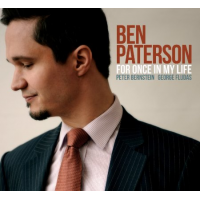
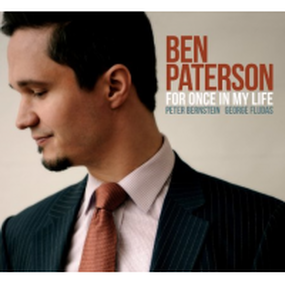
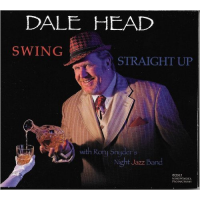


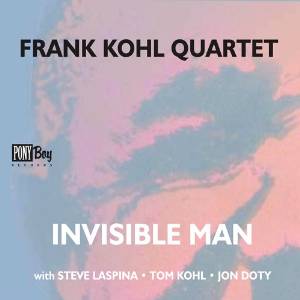

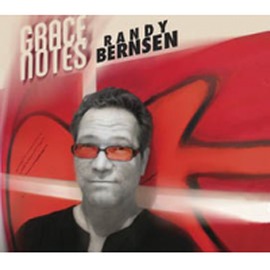
 RSS Feed
RSS Feed
